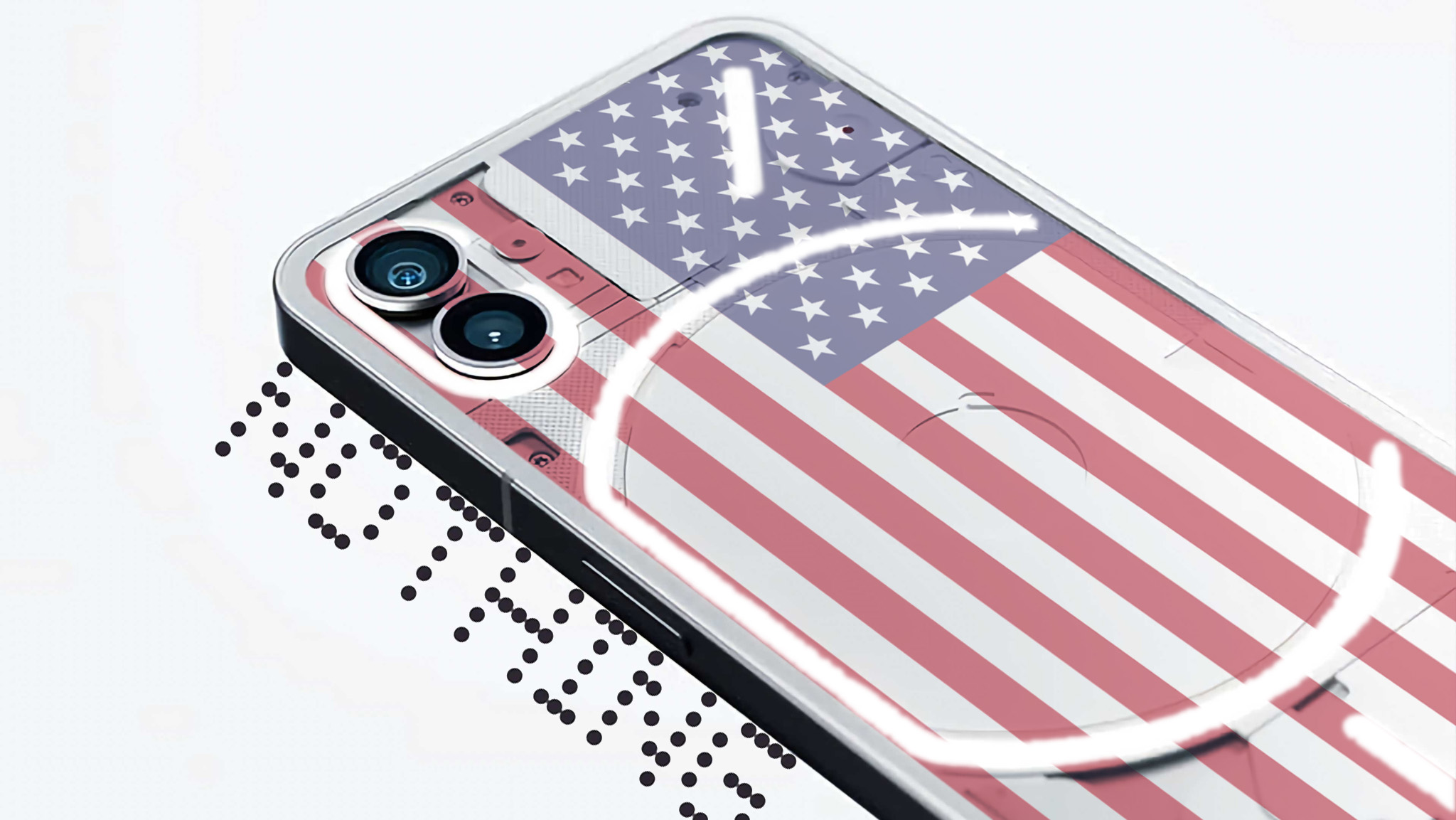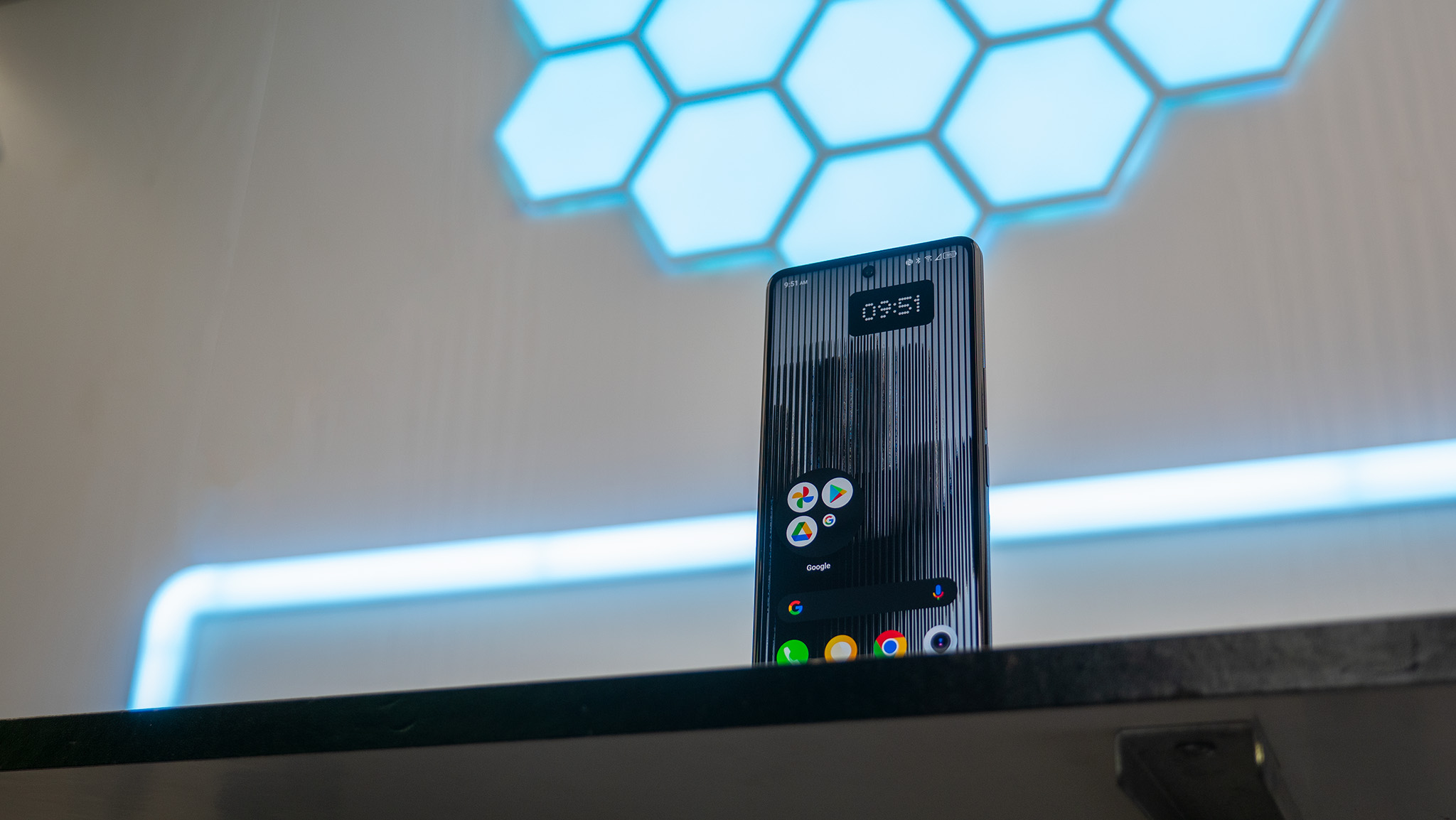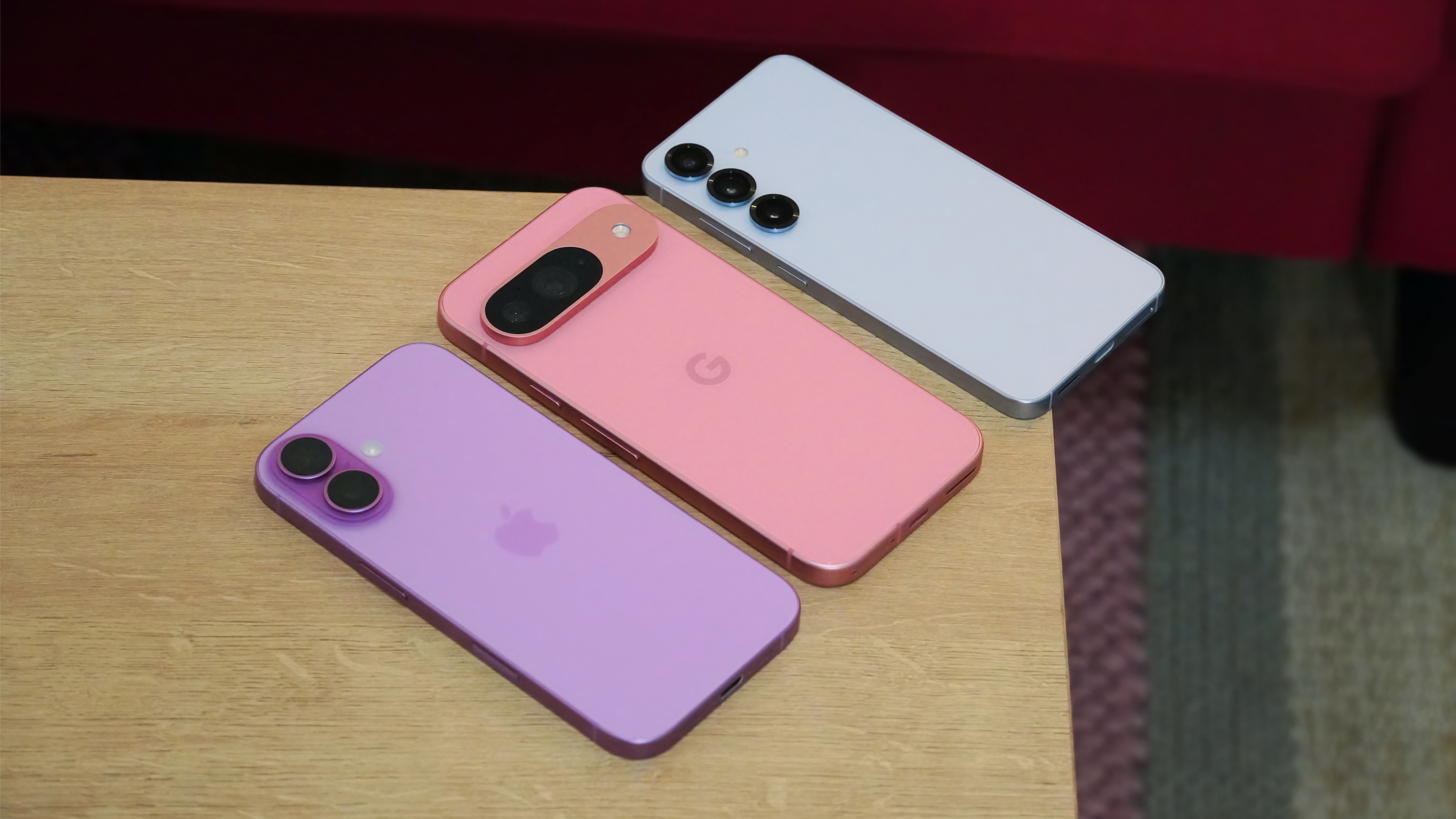It makes perfect sense that the Nothing phone (1) isn't coming to the US
The right phone for the wrong market.

If you're looking for a new smartphone and you live in the U.S., you probably know the drill. While you could get a great unlocked Android phone on Amazon, the possibility that it won't work with your carrier of choice is pretty high. That's why most U.S.-based customers shop for smartphones at a carrier-branded store, and that presents a huge problem for companies like Nothing, which is on the brink of releasing its first major phone.
I’m talking, of course, about the Nothing phone (1), the first phone to release from UK-based Nothing, and the second company co-founded by Carl Pei (formerly of OnePlus, if you’ve been living under a rock).
Simply put, it’s unlikely you’ll find a phone in anyone’s hands in the U.S. if that phone isn’t made by Apple or Samsung. OnePlus is one of the few smaller companies that has made a name for itself here, and can be found on our list of best Android phones, but that company’s success is the anomaly, not the norm. Even large companies like Sony haven’t made a dent in the market, and it’s entirely the fault of the way telecommunications companies operate here.
As Nothing gears up for its first phone launch, the hype that it’s worked so hard to create was quickly deflated — at least, in part — by the knowledge that it’s not officially coming to the U.S. Given the stakes, does it really make sense to go this route? The answer is a surprisingly clear “yes,” but that doesn’t come without caveats. Let’s explore.
The gatekeepers

Telcos (Telecommunications companies) in the U.S. have been vilified for many reasons over the years; plenty of these reasons are likely true and haven’t changed in a long time. While they often tell customers of the hard work it takes to build a network in such a geographically diverse (and large) country, the fact of the matter is that they could do a whole lot better with the smartphones themselves. As Carl Pei told me in an interview earlier this week, the carriers “hold the keys to the kingdom” and don’t often give them away to usurpers attempting to overthrow the status quo.
As was described to me, phone carriers lay out a timeline of releases they want to see for a given calendar year, complete with specs and prices believed to be suitable for a carrier’s customer base. These slots are then auctioned off, and the smaller companies that can’t compete with larger companies for volume pricing often lose out. The only company carriers bend over backward for is Apple, but that’s another story for another article.
The carriers “hold the keys to the kingdom” and don’t often give them away to usurpers attempting to overthrow the status quo.
Given that the phone (1) is Nothing’s first smartphone, attempting to vie for these spots isn’t financially feasible, according to Pei. Based on the information we know about his years at OnePlus and the difficulties that OnePlus faced trying to enter the market as an unlocked vendor, it’s clear that the only financially viable option would be to go the carrier route once enough resources were available to make it possible.
Be an expert in 5 minutes
Get the latest news from Android Central, your trusted companion in the world of Android
If you’ve been keeping up with the smartphone game for any number of years, this is a story you’ve heard a thousand times. Jitesh Ubrani, IDC's research manager of worldwide device tracker confirms the difficulties, saying “the U.S. smartphone market is heavily controlled by the telcos and smaller brands simply cannot afford the various certifications, marketing dollars, and other contractual requirements that are in place by the telcos.”
Selling on Amazon as your own brand is always an option — and can be quite lucrative in many product categories — but U.S. customers have gotten so used to hearing “this phone isn’t compatible with your carrier of choice” that most of them just buy what’s at the Verizon, AT&T, or T-Mobile store and move on to the next thing in life.
Ubrani adds that “selling phones in the open market through smaller retailers or e-tailers like Amazon is possible, but the volumes are low and ultimately not worth the effort for smaller phone markers.”
Sure doesn’t leave Nothing much room for… anything, really.
Phone, too?

No smartphone company openly discusses future product release cycles when a release is poised just on the horizon, so it’s not clear if the Nothing phone (2) could make it to a U.S. carrier and see some actual domestic success in this country. Given that Pei has direct experience with this exact process, though, there’s little doubt that Nothing will attempt this move as soon as is feasible.
Ubrani backs that thought up, telling me “Carl Pei is likely intimately familiar with these hurdles as OnePlus faced the same issues many years ago when they sold phones in the open market in the U.S., though the volumes were very limited and they didn’t gain any real traction until they signed on with a carrier.”
Why bother to even market the phone in the U.S. at all, if it’s not going to be released here in any real capacity?
Nothing’s statement to PCMag echoes these sentiments, as well. "While we’d love to bring phone (1) to the entire community around the world, we're focusing on home markets, including the UK and Europe, where we have strong partnerships with leading local carriers. It takes a lot to launch a smartphone as you know, from ensuring the handset is supported by the country’s cellular technologies to carrier partnerships and local regulation, and as we're still a young brand we need to be strategic about it."
So why bother to even market the phone in the U.S. at all, if it’s not going to be released here in any real capacity?
The recent exclusive MKBHD hands-on proves that Pei and company have what it takes to build hype — even in a market where its products won’t be readily available — but will hype from an American-based tech YouTuber really make a splash in international markets? Wouldn’t it make more sense to put the phone in the hands of someone like Geekyranjit, who operates a 3+ million subscriber channel in India, one of the key markets Nothing will be launching in?
Or how about Mrwhosetheboss (Arun Maini), who is arguably the biggest tech YouTuber in Nothing’s home country of the United Kingdom? Without intimate knowledge of the audience location for each of these channels — and which ones service the markets Nothing’s first customers are living in — there’s no way to really tell.
But it probably doesn’t matter anyway, and here’s why.
It ensures Nothing will have its name in the headlines for weeks to come, further building hype even in a country where the phone will likely only be available for import.
The MKBHD hands-on was published exactly three weeks ahead of the Nothing phone (1)’s official release — that’s July 12, if you’re looking to buy one — and will almost assuredly begin a long marketing campaign from the grassroots on up that will take place over the next few weeks. That ensures Nothing will have its name in the headlines for weeks to come, further building hype even in a country where the phone will likely only be available for import.
After all, there’s a reason we’ve only seen bits and pieces of the phone up until now. We first got a glimpse of the unique lights on the back of the phone earlier this year — although, at the time, we had no idea what the strange-looking pattern even meant — followed a few months later by an interview on the phone’s design.
More recently, we saw a brief tease of the phone’s corners followed by a full reveal of the phone’s back the next day and, of course, the back of the phone in action from Marques himself.
All of this is entirely intentional, and it’s being used to build Nothing up from "nothing" to a brand that can compete with the endless list of names out there. As we’ve seen from brands like Xiaomi, a presence in the U.S. is irrelevant if you can attract other key markets. You’d better believe Nothing is pinning its hopes on markets less fixed than the U.S. and, if it gets the price right, it could definitely win big.

